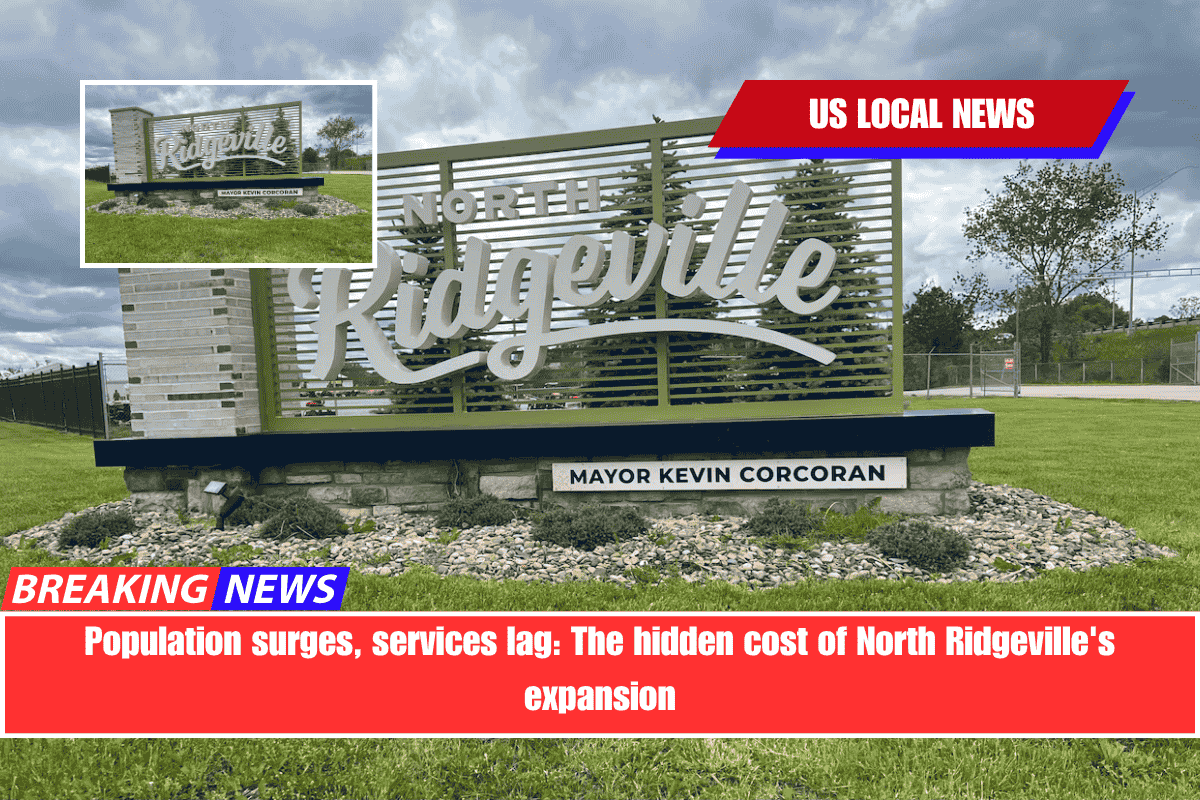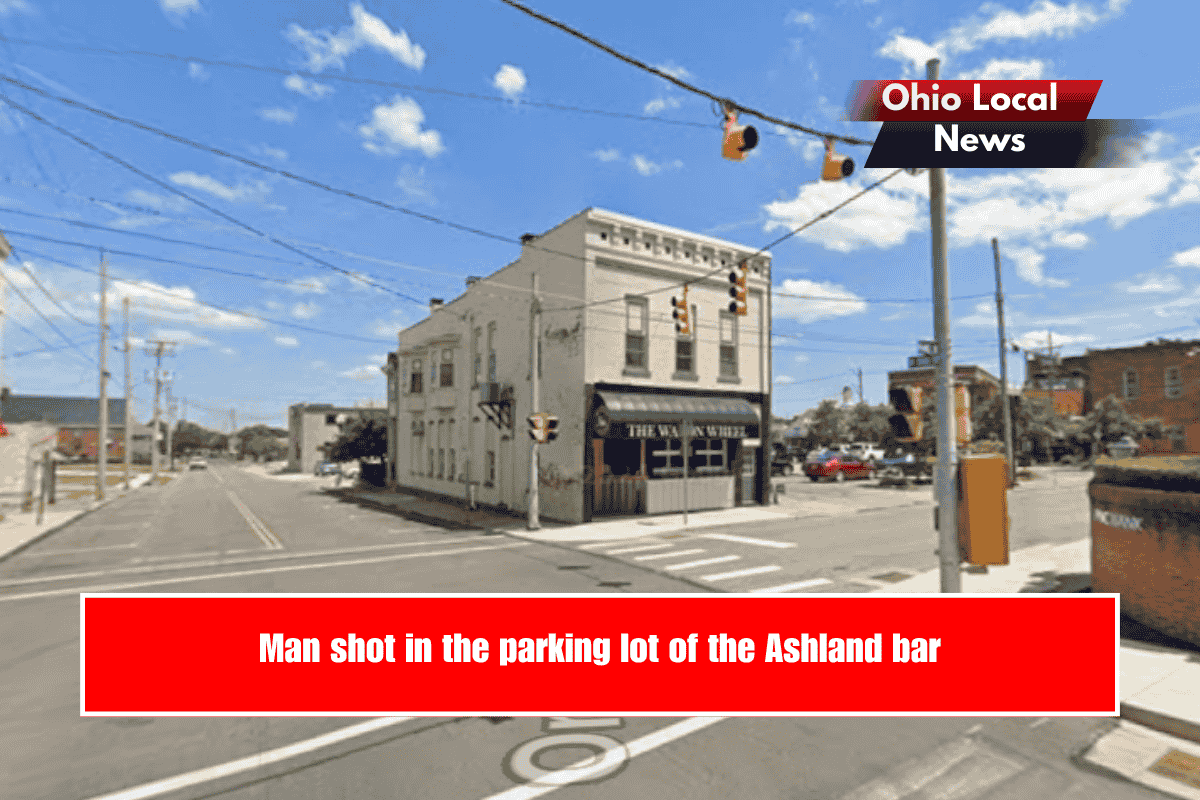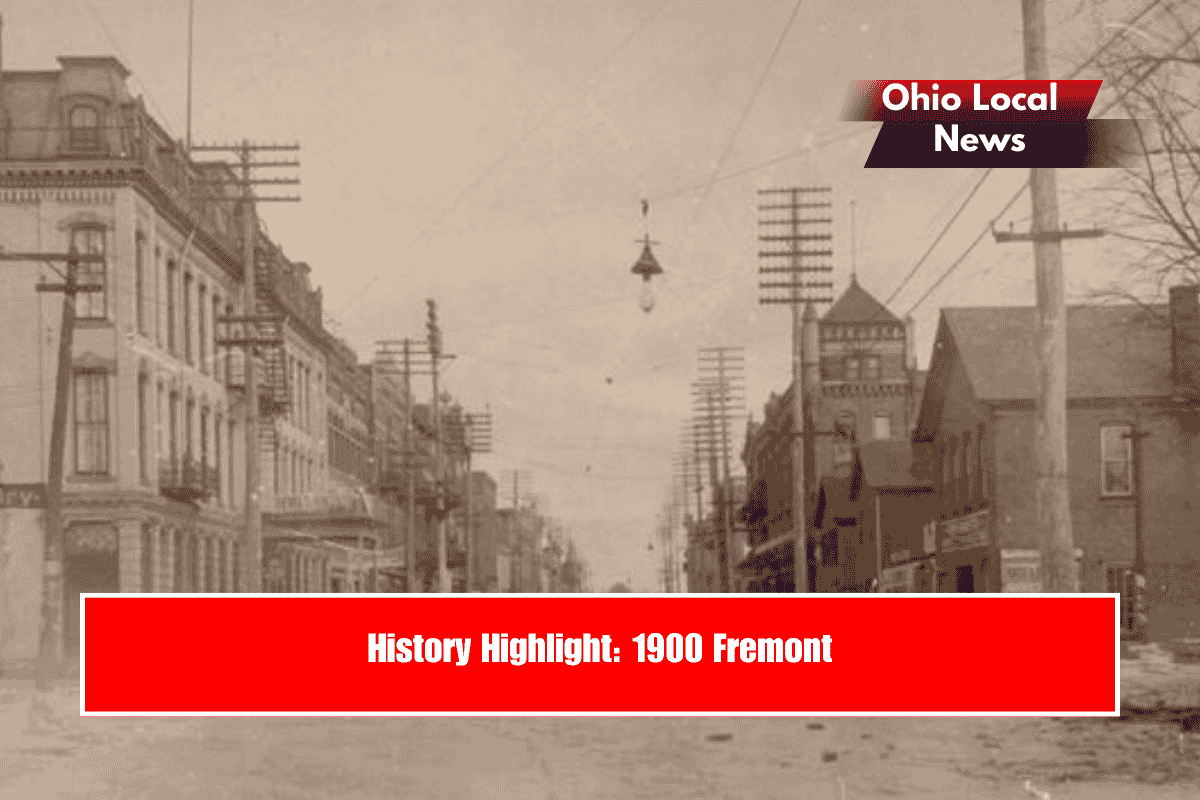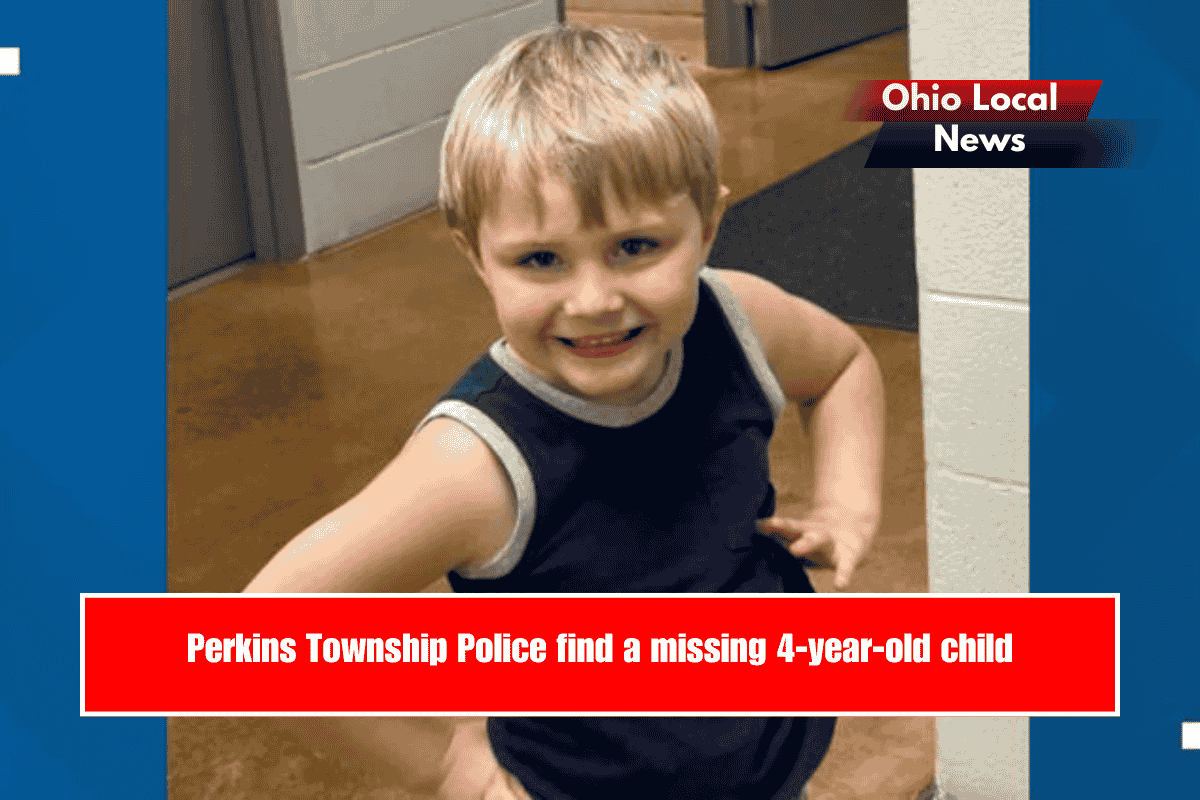North Ridgeville, Ohio – North Ridgeville, once a quiet farming community, is now northern Ohio’s fastest-growing city, thanks to booming development and an influx of people.
However, as the city has grown, its safety forces have not kept up. Despite the fact that the population has grown by 68% since 2000, reaching an estimated 37,504 people in 2024, fire and police staffing levels have remained largely unchanged.
The result, according to some residents, is a growing gap in emergency services, raising serious concerns about the city’s long-term planning.
“People don’t hate growth; they just want it to be done responsibly, safely, and thoughtfully,” resident Cali Zingale, a City Council candidate, told Cleveland.com. “We’re always catching up rather than planning ahead. If we want to keep growing, we need to plan first.”
A common concern heard in City Council chambers, on community Facebook pages, and across backyard fences is whether North Ridgeville is growing faster than it can safely handle.
Suburban sprawl
North Ridgeville’s transformation began in the early 2000s, when then-mayor David Gillock approved the construction of a new sewer system, which opened up the city’s western corridor to residential development. Between 2002 and 2006, the city approved an average of 437 new home permits per year—a breakneck pace for the quiet town with a population of around 23,000.
Today, more than 40% of North Ridgeville’s housing has been built since 2000.
Current Mayor Kevin Corcoran, who took office in 2020, has attempted to distance his administration from previous decisions, reassuring residents that growth has slowed under his tenure.
“People believe that we’re still growing at the same rate. “It isn’t even close,” Corcoran told Cleveland.com. “The growth has already happened. It had already happened before I walked in. There are still houses being built, but not at the same rate as before.”
Corcoran told Cleveland.com that the city has approved “about 200 or 250” new home permits since he took office in 2020.
While the fever pitch of early 2000s development has subsided, city records show that during Corcoran’s tenure, the city approved 1,057 residential permits, an average of 211 per year.
The effects of this rapid expansion are visible throughout the city. Cleveland.com recently investigated the challenges that the population surge has posed to the school district, which must deal with a student body at the high school that is nearly 50% larger than the building can accommodate.
Residents’ deepest concerns, however, are directed toward those in charge of keeping them safe, where they believe the consequences of unchecked growth are impossible to ignore.
Annual fire department calls have nearly tripled since 2000, increasing from 1,850 to 5,260 by 2023. Has emergency service staffing kept up with the surge in demand?
Cleveland.com requested public records from the city of North Ridgeville for police and fire staffing data beginning in 2000. Officials stated that the information “is not available or kept.” Requests for interviews with police and fire chiefs were denied.
However, city records obtained online reveal a gap in North Ridgeville’s response to increasing service demands. During the same 23-year period in which fire and EMS calls nearly tripled, full-time fire department staff increased modestly from 33 to 40 people.
Location exacerbates the staffing issue. Both fire stations are located on the city’s eastern side, leaving the western half, which has seen the most new construction, underserved, according to residents.
“We have all these developments over there that don’t have quick access,” councilwoman Holly Swenk told Cleveland.com. “The current runtime over to the west end is 12 minutes. So, if your house is on fire and you need an ambulance, you must wait 12 minutes.”
Swenk’s figures are from the North Ridgeville Fire Department’s monthly report, which was released in March. While the northeast and southeast quadrants of the city had average response times of less than seven minutes, the northwest quadrant averaged eight minutes and three seconds. The southwest quadrant is the most alarming, with residents waiting nearly 12 minutes—11 minutes and 56 seconds on average—for emergency responders to arrive.
The department has since released its April report, which shows that average response times for calls in the southwestern quadrant of the city have decreased to just under 11 minutes.
Swenk has advocated for a third fire station to address the disparity in response times. She recommends the city-owned property at the intersection of Stony Ridge and Harris roads as an ideal location.
The third fire station proposal has received widespread support, going well beyond Swenk’s advocacy.
“In my opinion, we still need a third station on the west end of the city,” David Gillock, the former mayor of North Ridgeville, told Cleveland.com.
In fact, Gillock was mayor when the city purchased the land that is now proposed to house the new station.
Corcoran acknowledges their concerns, but says budget constraints make it difficult to build a new station, let alone staff it.
“The equipment is a one-time purchase. “People are forever,” Corcoran said about the station’s staffing costs. “The funny thing is nobody is saying how they would pay for it.”
Following the money
Twenty years after opening the floodgates to residential development, North Ridgeville is confronting the harsh reality of suburban sprawl: a community transformed by rapid growth now struggling to maintain the infrastructure that growth requires.
“Yes, the new homes help us pay for things now, but every new home also adds more wear on our roads, more students in our schools and more emergency calls,” Zingale told cleveland.com. “We can’t just look at what we’re gaining—we need to factor in what we’re losing too.”
North Ridgeville’s financial strategy has leveraged its expansion to channel revenue from new development to cover inflation and immediate infrastructure costs. However, this growth-dependent model has created a fundamental weakness – insufficient funding for the long-term maintenance costs of infrastructure affected by the housing surge.
Although the city continues to expand, residential construction is beginning to decelerate. North Ridgeville may soon face what Corcoran calls an inevitable “financial brick wall” – a moment when the revenue from new construction can no longer offset rising operational expenses and the mounting costs of aging infrastructure.
“The growth that we’ve had over the years has allowed us to keep up with the pace of inflation,” Corcoran said. “But now that the growth is slowing, we’re starting to get pinched because we don’t have that growth to help support the increases in finances.”
While new construction boosts property tax collections, the city keeps only a fraction of what’s generated. Of every property tax dollar collected in North Ridgeville, only about 15 cents reach city coffers. The remainder flows to schools and the county.
North Ridgeville boasts the lowest municipal income tax rate of any city in Lorain County, which further constrains the city’s budget. However, Corcoran says that under his administration, the city has successfully shifted its tax burden from residents to businesses.
“When I walked in the door …. residents were paying more of the income taxes and now they’re paying less than the businesses are,” Corcoran said. “Our strategy is working.”
Historically, voters have rejected attempts to raise income taxes, according to Corcoran. When the city proposed an income tax increase in 2014 that would have funded a fire station build, among other projects, it “got crushed,” he said.
Yet voters have responded differently toward targeted public safety funding measures. Despite rejecting both the income tax increase and multiple school infrastructure levies, North Ridgeville residents have consistently supported public safety initiatives at the ballot box.
The fire levy, first approved in 1975, has been renewed without interruption for nearly five decades. The police levy has maintained the same unbroken record since 1976. Voters have also backed major bond issues for public safety facilities, including a rebuilt Fire Station #1 in 2015 and a police station in 2021.
Fire Station #2 was approved for a significant remodel and addition by the planning commission in 2020, which was funded by the sale of bond anticipation notes accounted for in North Ridgeville’s budget.
As public safety investments continue to lag behind development, some residents are growing more critical of what they view as the city’s misplaced spending priorities.
“These decisions feel like they’re made to look good, not actually do good,” Josh Hamker, who grew up in North Ridgeville, told cleveland.com. “It’s about image. We need to focus on the community’s actual needs.”
Corcoran defended aesthetic improvements and investments in amenities that are less critical than public safety but contribute to residents’ quality of life. He said there’s more to a city than just safety forces. He said he would ask those critical residents, “What kind of city are you looking to live in?”
“Do we stop a youth baseball program, so we have some more money to buy a fire truck? I don’t know, isn’t youth sports important?” Corcoran told cleveland.com. “Again, what kind of community do you want? Do you want a community that only has two things, or do you want a community where you can go to the park and there’s a playground there for you, or a trail to walk around?”
Residents describe a communication divide between the administration and the taxpayers it represents. They say they want more than information—they want meaningful involvement in the decisions that will shape their community’s future.
“Just because you’re an elected official, it doesn’t mean you have all the ideas and that you can’t crowdsource and work together to come up with solutions, instead of just telling people why you can’t do something,” Zingale said.
Corcoran says City Hall has tried to engage residents through a joint State of North Ridgeville presentation with the school district, coffee and conversation events and a recent mailed newsletter that went to every utility customer in the city.
“We have a multitude of opportunities for people to learn the truth, but they don’t. They don’t bother,” Corcoran told cleveland.com. “We’re trying our best to get the message out. I can’t help it if people don’t want to read it.”
That’s not how some residents see it. Resident Shellie Kearsey told cleveland.com that she’s tried –- raising concern about safety forces staffing and spending transparency at city council meetings over the years – but nearly every effort she’s made has been met with silence.
“Why, when we address the mayor with the issues, nothing is ever addressed?” Kearsey said. “I’ve asked numerous questions, I’ve been to numerous meetings. All I get is a blank stare.”









